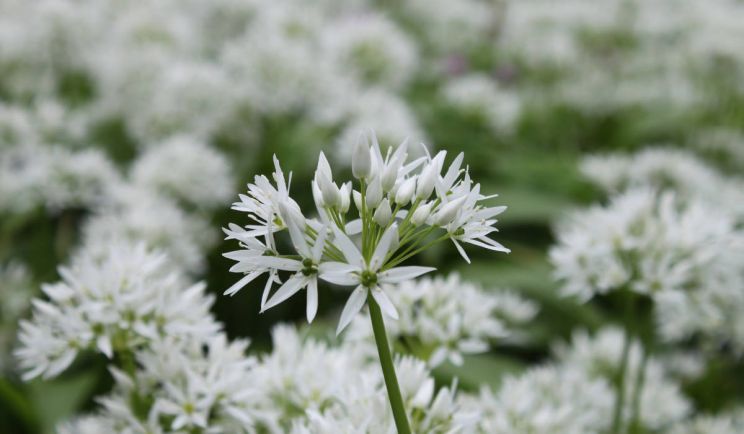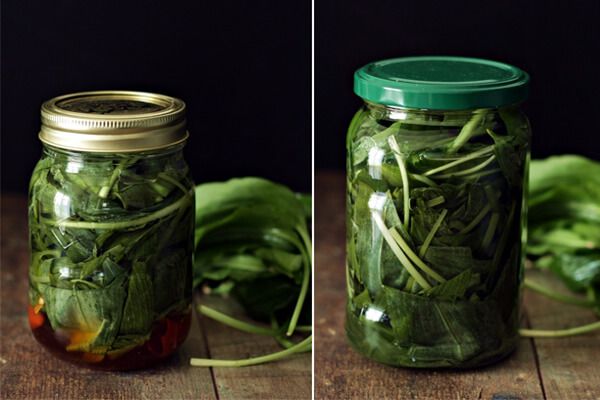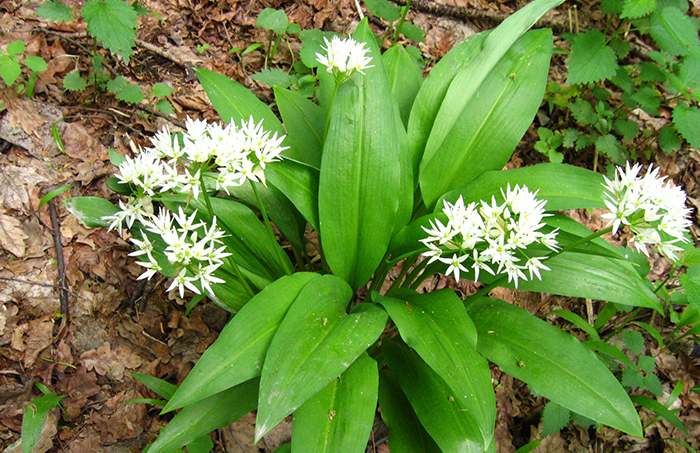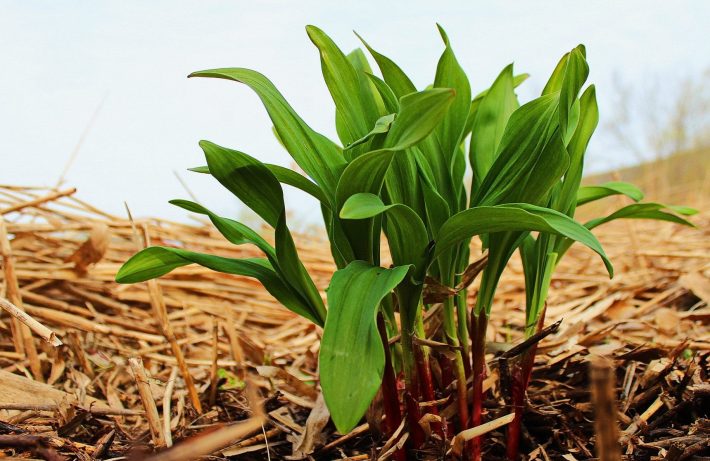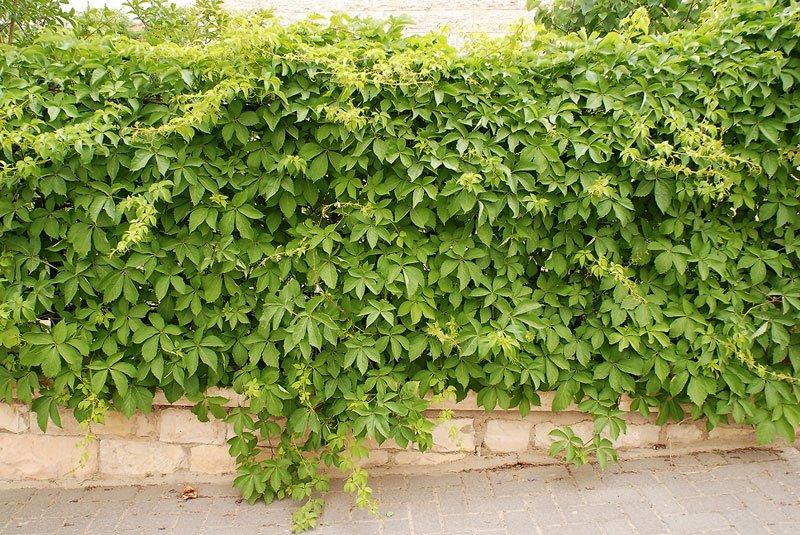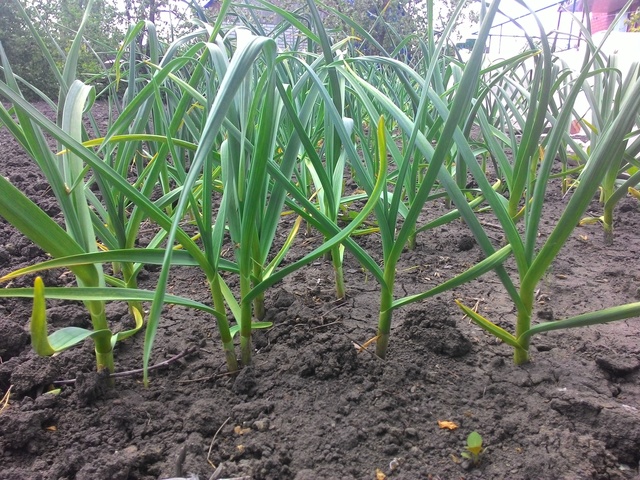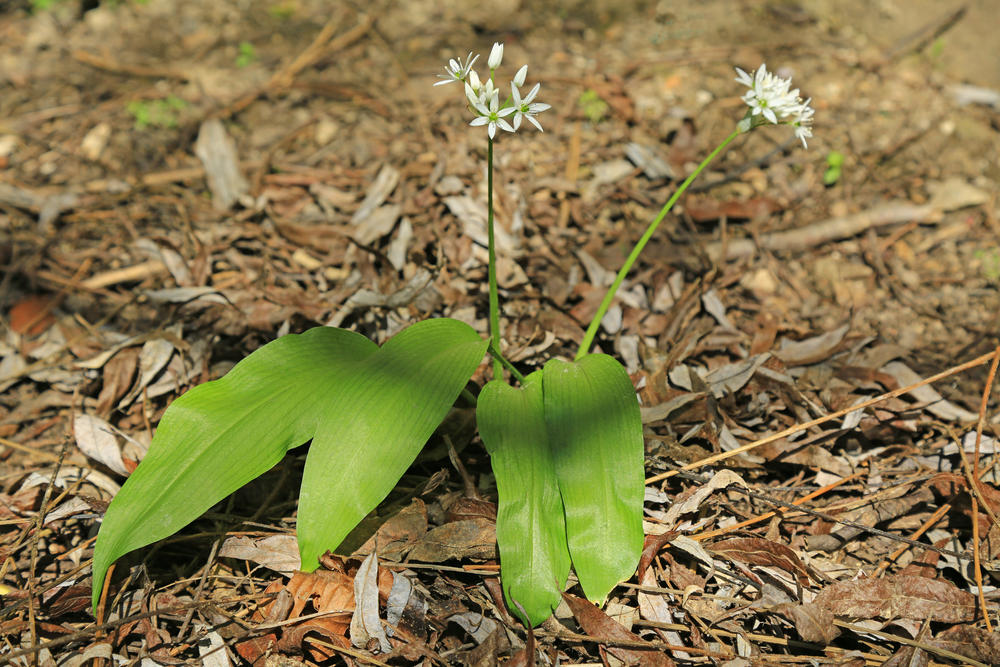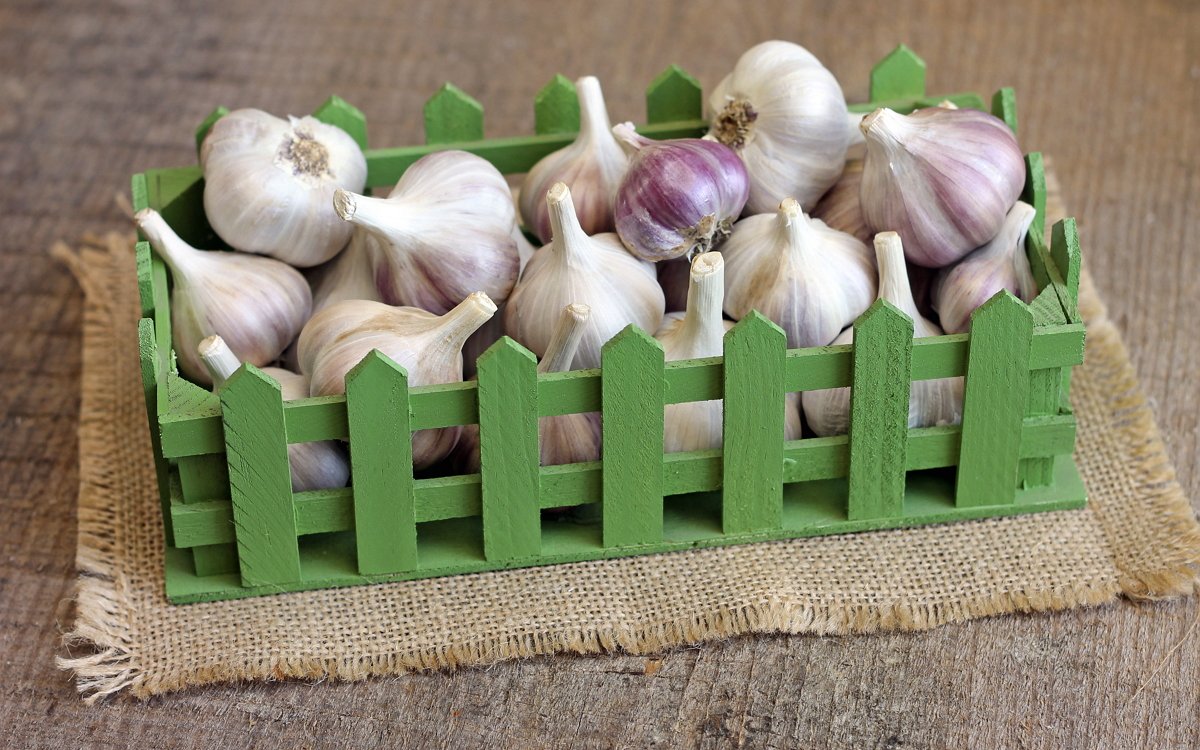Content:
Many people, having heard the word "wild garlic", immediately associate it with bird cherry. But this is a completely different, not at all similar plant. From the Latin ursinum comes from ursus, which means bear. In Russia, this name has not changed. But in Germany, wild garlic has another name - Bärlauch, which translates as Bear onion. This name was given to the plant because bears, after hibernation, begin to actively eat it, since it contains many vitamins and other useful substances. So what is wild garlic is it onion or garlic? You can find the answer to this question in this article.
Description
In Russia, wild garlic has other names, such as:
- "Wild garlic";
- "Kalba";
- "flask".
In addition, the same name is given to such plants as the victory onion and wild garlic onion, whose homeland is Siberia. In fact, wild garlic looks like this: its bulb is elongated with a diameter of no more than 1 centimeter. The fibers on the surface are parallel to each other.
The bulb fits tightly to the rhizome. The stem of the plant has a triangular shape, it grows up to half a meter, while at its very base there are two leaves, lanceolate, up to 5 centimeters wide. The garlic umbrella is collected in a bunch and has the shape of a half ball. The seed boxes are triangular in shape and look like a heart. The seeds themselves are like balls. Wild garlic begins to bloom in May or June.
Wild garlic grows in:
- Europe;
- Ukraine;
- Belarus;
- The Caucasus;
- Turkey.
Moreover, it has different tastes. It will be most delicious if wild garlic grows at a temperature not higher than 17 degrees. In dry hot weather, the taste deteriorates significantly. Despite the fact that wild garlic is grown at home, they still go to the forest to collect it. It should be remembered that lilies of the valley or hellebore is a plant similar to wild garlic, so it is most important not to confuse them.
Wild garlic varieties
Wild garlic of wild garlic begins to ripen from spring to mid-summer, and this is used by connoisseurs and admirers of wild garlic. Each of them knows what kind of wild garlic is, and how it is called differently. The plant belongs to the bulbous family, but it smells and tastes like garlic. You need to pick wild garlic in early spring, while the leaves and stems are juicy and tender. By June, the stems darken and become tough.
It is difficult to confuse it with other plants, because it releases essential oils, thanks to which the smell spreads with a slight breeze. The plant prefers to grow in lowlands overgrown with bushes. Whole glades grow in this area, which are called Bear Meadows.
There are several types of wild garlic. They are easy to distinguish as they have different visual and taste characteristics. All these plants belong to the onion family, smell and taste like garlic, but differ in their shades. In addition to the Bear's bow, there are the following varieties.
Angled bow
It is also called Mouse Onion, and it grows in Central Asia, Siberia, individual countries of Europe and Belarus. Taiga garlic grows up to fifty centimeters in height. From its parts, you can eat both the bulb and the leaves.
Wild garlic is also very valuable as a medicinal plant.Regardless of the fact that it grows far away, people collect it in large quantities and use it for cooking, make preparations for the winter. It can also be pickled, dried and frozen.
Victory Bow
This mountain garlic is more popular than Bear and Angular onions. It is found in North America, China, in the Urals and Siberia, as well as in the Caucasus. It grows in height up to a meter, twenty meters. The leaves grow up to thirty centimeters and are adjacent to the stem. The bulb itself is shaped like a bulb, hence its name.
Due to the fact that garlic herb has many beneficial qualities, it is even processed in production. And in the countries of the North it is used as a remedy against scurvy. In the spring, locals go out for wild garlic. In addition, this variety of wild garlic is used for making salad, despite the fact that the leaves become tough.
Beneficial features
Ramson is rich in vitamins and minerals that are necessary for the body in late winter and early spring. Thanks to them, a person can get rid of some diseases associated with a decrease in immunity. Thanks to wild garlic, a person gets rid of vitamin deficiency in the shortest possible time.
Already in early April, the body receives:
- Vitamin C;
- B vitamins;
- Vitamins PP;
- Carotene;
- Phytoncides;
- Essential oils;
- Fiber;
- Organic acid.
In addition, garlic herb has a very delicate taste, thanks to which it will decorate any dish. In particular, wild garlic is included in the recipe for sauces, meat and fish dishes. It can be put in the filling for pies.
Due to the inherent properties of wild garlic, it is used for:
- Improvement of the digestive tract;
- As a diuretic for high blood pressure, in order to lower it;
- Facilitates the digestion of food;
- It is used for kidney disease as an antibacterial agent;
- For the treatment of pneumonia;
- Used as an antihistamine;
- Used in dietetics for weight loss.
But at the same time, wild garlic should in no case be used by people who suffer:
- Gastritis;
- Have high acidity;
- Stomach ulcer.
Planting wild garlic in the country
When planting a Bear Onion in a personal plot, you need to remember that:
- The plant prefers to grow in dark places, where the sun's rays practically do not fall;
- Loves moisture, so in the wild it grows in lowlands;
- The soil needs to be fertilized and loosened.
Those wishing to grow plants with seeds should remember that in this case it will only sprout after a year. Therefore, it is best to sow seeds in a box, and plant seedlings in open soil.
Take care of the plant as follows:
- In order for the soil to be constantly moist, it is necessary to water the plant abundantly;
- Fertilize the soil about twice a season;
- After two years, it is necessary to mulch the soil.
When growing wild garlic, it is important to remember that this plant has resistance to pest attacks. It practically does not get sick, but the formation of any spots on the leaves may indicate that the soil is too wet or has high acidity.
When collecting garlic herb, not many ask the question: is wild garlic a plant in the Red Data Book? It was listed in the red books of several countries, in particular:
- Russia;
- Lithuania;
- Latvia;
- Belarus;
- Ukraine.
Ramson is a very useful plant that will provide the human body with the necessary substances, therefore the cultivation and collection of wild garlic is very important.
